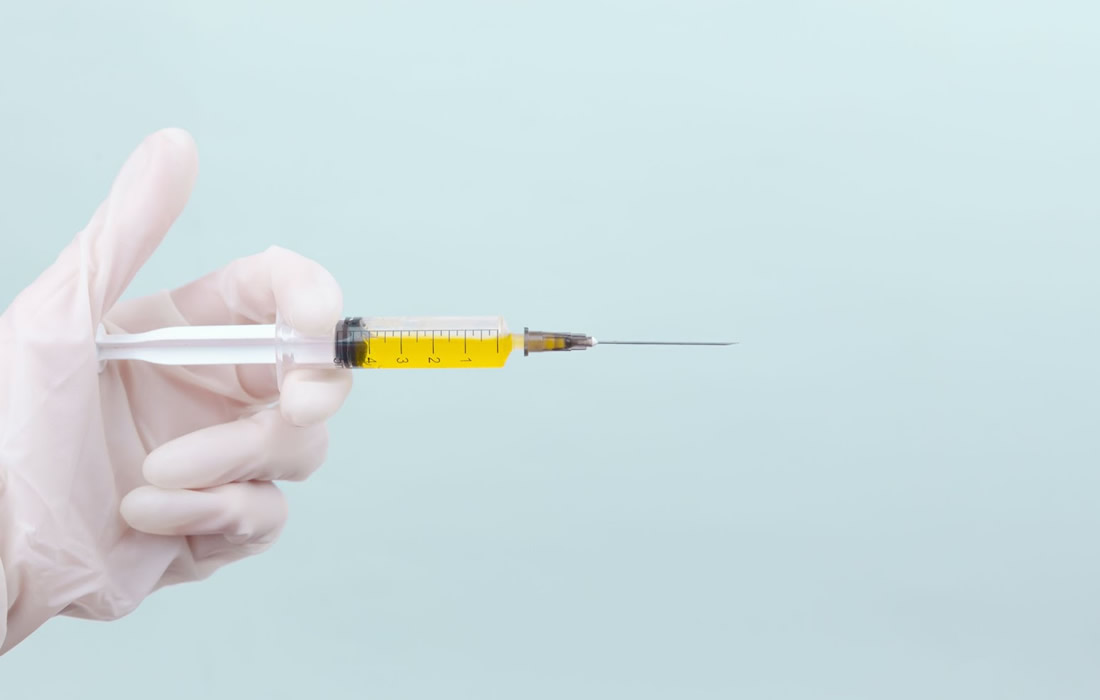Regenerative Medicine News and General Information
Nanosyringes Could Inject Drugs Into Specific Cells in Our Bodies
It might become possible to inject proteins into specific cells in the body thanks to bacterial “nanosyringes” tweaked to target human cells. This could lead to safer and more effective treatments for a wide range of conditions, including cancer.
Large molecules such as proteins can have much more specific and powerful effects than small-molecule drugs (like pills). But they cannot cross a cell membrane and enter a cell, greatly limiting their uses. Effective ways of getting proteins inside cells in the body could open the door to transformative treatments for a huge range of conditions.
Many groups around the world are trying to solve this delivery issue, with only limited progress so far.
Bacteria have already solved this problem. Many produce cylindrical structures that bind to cells and forcibly inject their contents into them. “They are very analogous to a syringe,” says Kreitz.
Kreitz and his colleagues set out to adapt the bacteria nanosyringes to target human cells. They first used the AlphaFold AI program to predict the structure of the nanosyringes, including the section that binds to protein receptors on the outside of cells and triggers the injection.
Then they tweaked this section so it binds to a human protein called EGFR, which is found on the outside of some cells, again using AlphaFold to work out the effects of the tweaks. The team showed that this modified nanosyringe could deliver several different kinds of proteins of varying sizes to human cells that had the EGFR protein, says Le page of New Scientist
“The fact that this can load a diversity of different payloads of different sizes makes it unique amongst protein delivery devices,” says Kreitz.
The study shows that the nanosyringes work and the approach looks promising, says Amin Hajitou at Imperial College London. But the team needs to do a lot more work to show that they could be useful for treating illness, he says.
Even if the nanosyringes do work when injected to the blood, they may be seen as foreign and trigger the production of antibodies. This is also an issue with the virus-based delivery systems used for gene therapy, among other things, and means these treatments cannot be given repeatedly over long periods which is a major limitation, says Le page.
However, Kreitz says he has already “decorated” the cylindrical part of the nanosyringes by adding tiny proteins. It might be possible to disguise the nanosyringes from the immune system in this way, he says.
Sources:
Kreitz, J., Friedrich, M.J., Guru, A. et al. Programmable protein delivery with a bacterial contractile injection system. Nature (2023). https://doi.org/10.1038/s41586-023-05870-7
Kreitz, J., Friedrich, M. J., Guru, A., Lash, B., Saito, M., Macrae, R. K., & Zhang, F. (2023, March 29). Programmable protein delivery with a bacterial contractile injection system. Nature. https://doi.org/10.1038/s41586-023-05870-7
Image from:
Photo by Diana Polekhina
https://unsplash.com/photos/ZBstHWt9vLc

